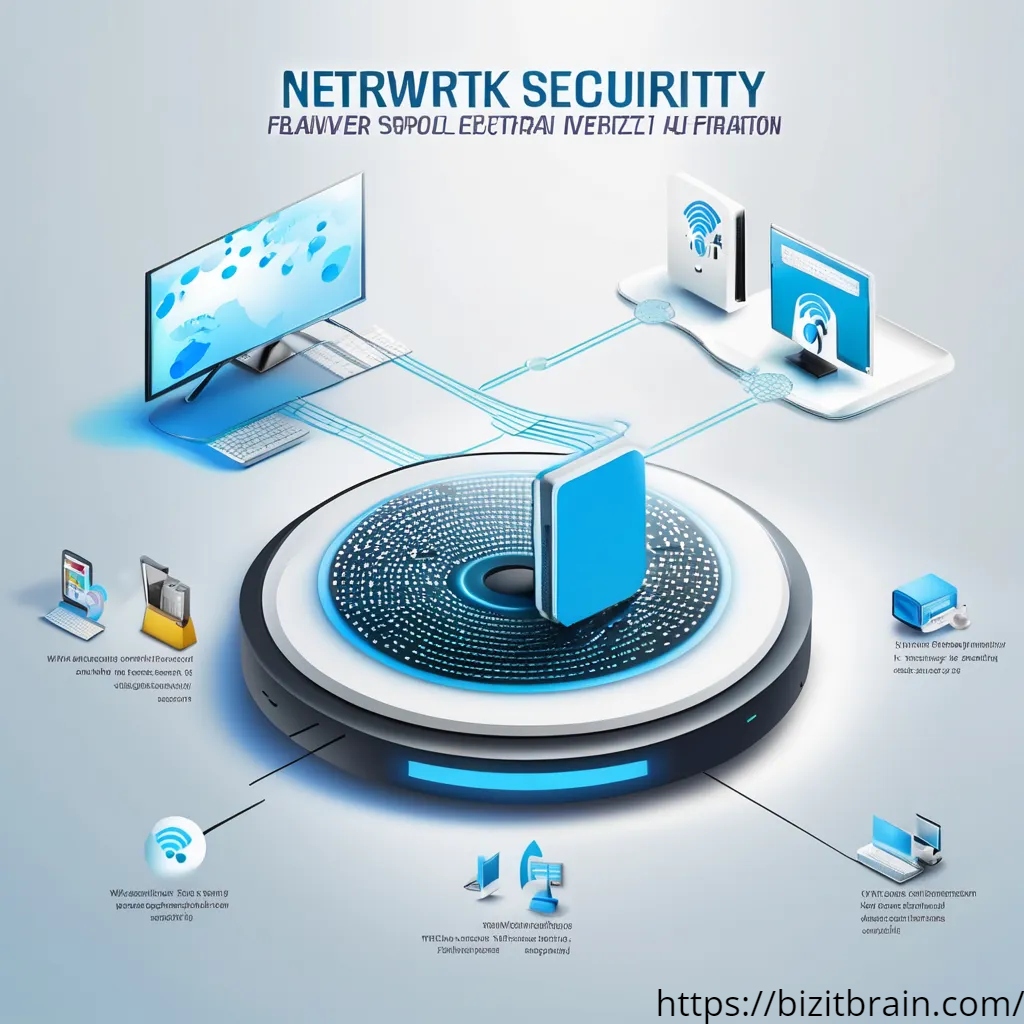
Finding your network security key without the router can seem daunting, but it’s certainly achievable. Many devices store this information, allowing you to retrieve it easily. Whether you’re using a smartphone or computer, there are straightforward methods to access that crucial password.
For instance, if you have previously connected devices on hand, they often retain the Wi-Fi password in their settings. This way, you won’t need physical access to your router. With just a few taps or clicks, you’ll be back online and enjoying seamless connectivity once more.
Unlocking Wi-Fi: How to Find Your Network
Have you ever found yourself staring at your Wi-Fi router, trying to remember the elusive network security key? You’re not alone. Many of us have experienced that frustrating moment when our devices refuse to connect because we can’t recall the password .Don’t worry there are ways to find that all-important key without having direct access. Get ready to reconnect with ease!
Security Key Without Accessing the Router
If you need to find your Wi-Fi network security key without accessing the router, there are several methods available. Many devices store this information internally, allowing users to retrieve it easily. For instance, checking your device settings often reveals the necessary details.
Alternatively, if you’ve previously connected a device to the network, you might be able to view saved passwords in its configuration settings. This can save time and effort when you’re on-the-go or can’t reach your router directly for assistance.
Understanding Network Security Keys
Network security keys are essential for protecting your Wi-Fi connections. They act as passwords, ensuring that only authorized users can access your network. This layer of security helps to safeguard personal data and prevent unauthorized use.
There are various types of network security keys, including WEP, WPA, and WPA2. Each type offers different levels of encryption and protection. Understanding these distinctions is vital for choosing the right one for your home or office setup.
Different Types of Network Security Keys
Network security keys come in various types, each serving a unique purpose. The most common are WEP, WPA, and WPA2. WEP is an older standard that offers minimal protection and is largely outdated. Meanwhile, WPA has made strides in security but still falls short compared to its successor.
WPA2 offers robust encryption methods that safeguard your data effectively. With advancements in technology, newer protocols like WPA3 have emerged for even greater protection against threats. Knowing these key types helps users select the best option for their network’s safety needs while keeping their information secure from intruders.
Locating Your Network Security Key
Finding your network security key can seem daunting, especially if you don’t have direct access to your router. However, several methods are available that can help you uncover this important information without needing physical access to the device.
If you’ve connected devices in the past, find network security key for wifi without router they might store the Wi-Fi credentials. Checking saved network settings on laptops or mobile devices could reveal the security key. Additionally, many operating systems allow users to view their wireless connections and associated passwords through simple settings adjustments.
Creating a Strong Network Security Key
Creating a strong network security key is essential for keeping your Wi-Fi safe. Aim for at least 12 to 16 characters to make it more difficult for intruders.
Avoid common words or easily guessed phrases like “password” or your name. Instead, consider using random passphrases or combining unrelated words. This approach not only strengthens security but also makes the key easier to remember while being hard to crack.
Ensuring Device and Data Protection
Protecting your devices and data should be a top priority, especially when connected to Wi-Fi networks. Always use strong passwords for your network security key, as this can significantly reduce the risk of unauthorized access. Regularly update these passwords to maintain optimal security.
Additionally, consider using firewalls and antivirus software on all devices. These tools help detect threats and prevent malware infections. Keeping your operating systems updated is equally important, as updates often patch vulnerabilities that hackers could exploit. Prioritizing these measures ensures you safeguard both personal information and device integrity while navigating online spaces.
Common Questions about Network Security Keys and Answers
Many users wonder what a network security key is and how it differs from a password. Essentially, the network security key serves as an encryption key that protects your Wi-Fi connection from unauthorized access, while the password is often used to authenticate users.
Another common question revolves around resetting the network security key. If you’ve forgotten yours, you can typically reset it through your router’s settings or directly on connected devices without needing physical access to the router itself. Knowing these details can greatly enhance your home network’s safety and accessibility.
Finding Network Security Key on Various Devices
Finding your network security key can vary based on the device you use. Each operating system has its own method for revealing this information, ensuring you stay connected without hassle.
For instance, Windows users can access it through the Network and Sharing Center, while macOS offers a straightforward way via Keychain Access. Android and iOS devices also provide user-friendly options to retrieve this vital key, often tucked away in their settings menus. Knowing these pathways makes it easier to manage your Wi-Fi connections effectively.
Router Login Method
Open a web browser and enter your router’s IP address into the address bar—common addresses include 192.168.1.1 or 192.168.0.1. Once you’re on the login page, input your admin credentials; these are usually found on a sticker attached to the router or in its manual if they haven’t been changed previously. After logging in, navigate to wireless settings where you can easily locate your network security key for Wi-Fi access.
Finding Network Security Key on Android Devices
To find the network security key on your Android device, start by accessing the Settings app. Navigate to “Network & Internet,” then tap on “Wi-Fi.” Here, you’ll see a list of available networks.
Once in the Wi-Fi settings for that network, look for an option labeled “Share” or “QR Code.” Tapping this may prompt you to enter your device’s PIN or unlock pattern. After confirming, you’ll either see the password displayed directly or as a scan able QR code that others can use to connect seamlessly.
Locating Network Security Key on iOS Devices
To locate your network security key on iOS devices, you’ll need to access the Wi-Fi settings. Open the Settings app, tap on Wi-Fi, and find your connected network. Unfortunately, iOS does not display the security key directly for privacy reasons.
However, if you’ve previously synced your device with a Mac that has Keychain Access enabled, you can retrieve it there. Simply open Keychain Access on your Mac, search for your Wi-Fi name, and check the box to show the password after entering your credentials. This method is effective when direct retrieval isn’t possible through iOS itself.
Accessing Network Security Key on Windows Operating Systems
To access the network security key on Windows, start by clicking the Wi-Fi icon in your taskbar
Once you’re in the Network and Sharing Center, find your active connection. Click on it, then choose “Wireless Properties.” In the new window that appears, switch to the “Security” tab where you can view your network security key by checking the box next to “Show characters.” This allows you to easily retrieve it for use.
Retrieving Network Security Key on mac OS
To retrieve your network security key on mac OS, start by opening the “Keychain Access” application. You can find it in the Applications folder under Utilities or use Spotlight Search for a quicker option.
Once inside Keychain Access, look for the Wi-Fi network name you want. Double-click it to open details, and check the box that says “Show password.” You may need to enter your Mac’s administrator username and password. After this step, your network security key will be visible for easy access.
Additional Resources about find network security key for wifi without router
When it comes to mastering your Wi-Fi network, understanding the intricacies of network security keys is crucial. Whether you’re troubleshooting or enhancing your home setup, various resources are available to help guide you through the process.
Consider visiting reputable tech blogs and forums for user experiences and tips. Websites like CNET, Tech Radar, and Life wire provide insightful articles that make complex topics more digestible. Additionally, check out online tutorials on platforms like YouTube for visual guidance.
For deeper knowledge, explore documentation from industry leaders such as Cisco or Net gear. Their insights often contain valuable information about security best practices and advanced settings.
Remember that staying informed can significantly enhance your overall cybersecurity awareness while managing a robust Wi-Fi environment effectively.

